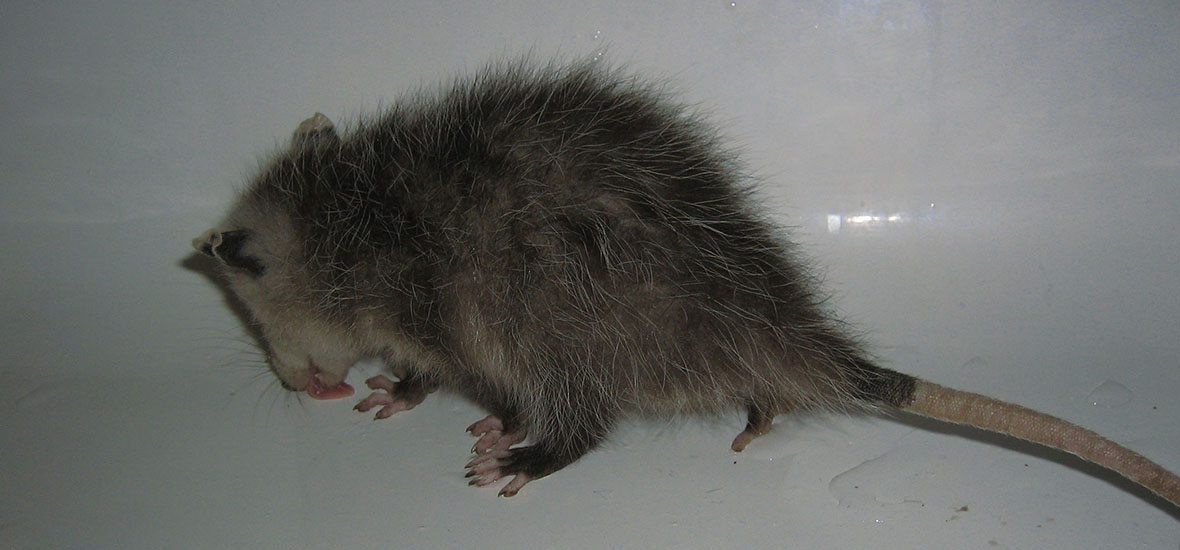- info@Rochesterpestanimal.com
Call 24/7 for a free quote:
507-201-8224
Best Way to Find and Remove Your Dead Minnesota Opossum - Health Tips Included!
Once you have noticed and Rochester opossum on your premises and you haven’t seen it for some time, there should be some concern as to whether it expired somewhere in or around your house. They have a very short lifespan, between 1 to 4 years, so it is imperative that you search for its carcass as soon as possible. They are nocturnal creatures, so you would find them in secluded, dark areas. The following are some possible areas where you should search:

While looking, you may also want to use your nose. The Rochester dead carcass would give off a very ripe or foul scent so if you pick up on the stench, you know you are in the vicinity of the animal.
Opossums are slow critters, so if they feel threatened, their first form of defense is to play dead. This ability to play dead, is, believe it or not, an involuntary action, spurred from confrontation with a stressful situation. The animal would remain in this shocked, comatose state from 40 minutes to 4 hours, giving the appearance as though it is in the stages of rigor mortis. If you come across the creature, you would need to assess whether it is actually dead.
Whether the opossum is dead or not, it would give off a decaying odor. It also emits a green mucus from its anal glands which is mostly discharged to discourage predators from feeding on it. You may notice drool running from its mouth and the front of its feet formed into a ball. Trap the opossum in the area in which you find it but leave it for 4 hours. When you get back, if the animal has not moved, you can assume that it is dead and would need to remove it as soon as possible as a dead carcass would cause maggots and worms.
Simply picking up the Minnesota carcass and throwing it in the trash, is not advised. You would need to take some precautions to prevent the spread of diseases. Ensure that you are wearing protective clothing such as gloves and you may even want to make a temporary overall using a garbage bag. If you have a HEPA mask, you may want to use it for this, diminishing the chance of contracting any airborne diseases. Place your gloved hands into a small plastic bag and you can now use your hands to retrieve the carcass which would be no more than 50 pounds. You can use a scoop to scrape it off the floor as well, but you would have to thoroughly disinfect whatever tool you use. Place the carcass into a bag or box. Remove your gloved hands from the small plastic bag and discard it into a garbage bag.
After storing the Rochester animal into a box or bag, thoroughly disinfect the area you retrieved it from. You can either double bag the carcass and throw it in the trash, bury it, or incinerate it. You can also call animal control in your area for more options.
Visit our Rochester wildlife trapping home page to learn more about us.

